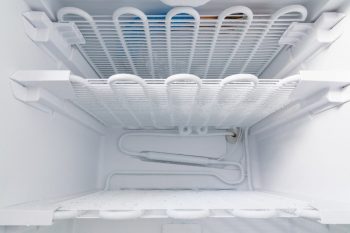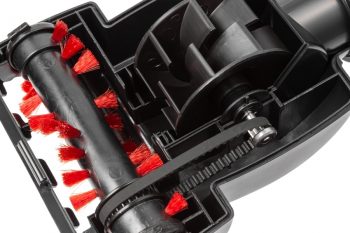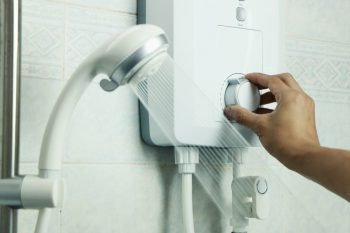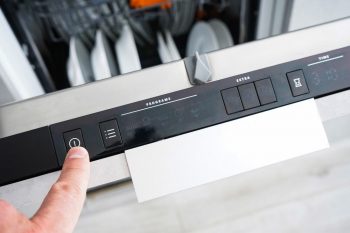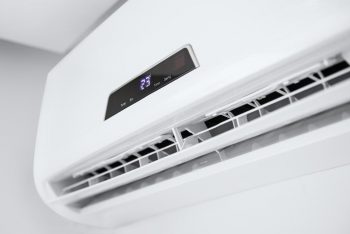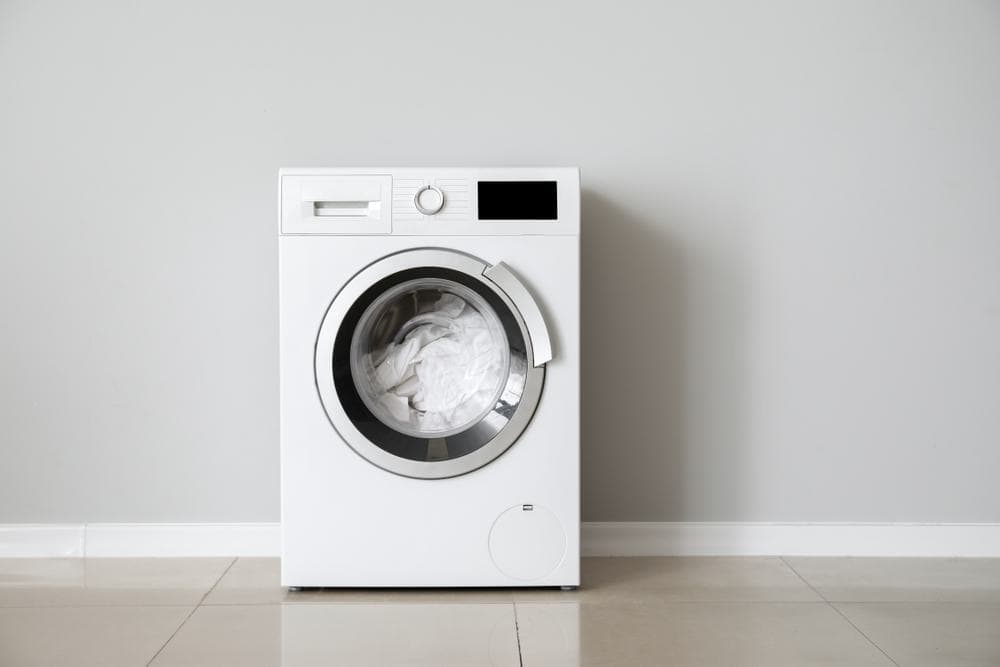
The washing machine is an essential household appliance that makes our lives significantly easier. However, like any device, it can develop issues over time. One of the key components that often needs to be checked and maintained is the drum. This article will provide a comprehensive guide on how to check the drum of a washing machine, identify common problems, and perform basic troubleshooting steps.
To check the drum of a washing machine, start by doing a visual inspection for any visible damage or foreign objects. Spin the drum by hand to listen for any unusual noises. Check for trapped items between the drum and the seal, and test the drum’s movement to see if it’s loose. Finally, examine the drum for sharp edges or rough spots that could damage your clothes. If you notice excessive noise, the drum not filling up with water, not spinning, or water not draining, you may need to call in a professional. Regular maintenance can prevent many issues.
Visual Inspection of the Drum
The first step in checking the drum of a washing machine is a visual inspection. Open the washing machine door and examine the drum for any visible damage such as dents or scratches. Also, check for any foreign objects that may be stuck in the drum’s perforations, as these can cause noise and damage during operation.
Spin the Drum by Hand
To further assess the drum’s condition, reach inside and spin it by hand. Listen for any unusual noises such as grinding or squeaking, which could indicate worn bearings or other issues. If the drum spins smoothly and quietly, it is likely in good condition.
Check for Trapped Items
Items of clothing can sometimes get trapped between the drum and the washing machine’s seal, causing resistance against the drum. To check for trapped items, carefully pull at the washing machine’s seal to create a small gap between the seal and the inner drum. Then, turn the drum and look carefully at the gap as you do so.
Test the Drum’s Movement
Next, test the drum’s movement by placing your hand inside the machine and pushing against the top of the drum. If there is excessive movement and the drum is noticeably loose, this could indicate a problem with the bearings or other components.
Examine the Drum for Sharp Edges
Finally, check for any sharp edges or rough spots that could damage your clothes during washing. Carefully rub a soft cloth or an old pair of tights all the way around the inside of the drum, feeling for any places where the fabric catches.
Identifying Common Drum Problems
Knowing how to identify common drum problems is crucial for maintaining your washing machine. Some of the most common issues include:
- Excessive Noise: A grinding noise while the drum is turning could indicate worn bearings.
- Drum Not Filling Up With Water: This could be due to a kink in the hose, turned-off water faucets, a faulty water intake valve, or a clogged washing machine filter.
- Drum Not Spinning or Agitating: This could be caused by a damaged, loose, or missing belt, or a problem with the lid sensor.
- Water Not Draining from the Drum: This may be due to an uneven load of laundry, a malfunctioning water pump, or a clog in the drain hose.
When to Call a Professional
While some minor issues can be diagnosed and fixed at home, there are times when it’s best to call a professional. If your machine is making strange noises, leaking water, or the drum is not spinning or agitating properly, it’s time to call in a professional.
Regular Maintenance for Prevention
Regular maintenance can prevent many issues with the washing machine drum. This includes cleaning the drum regularly to remove detergent residue, lint, and dirt buildup and checking the machine’s level to prevent excessive vibration and noise during operation.
In conclusion, while checking the drum of a washing machine might seem like a daunting task, it’s a crucial part of maintaining your appliance. By regularly inspecting and maintaining the drum, you can extend the life of your washing machine and ensure it continues to perform at its best.
Frequently Asked Questions
How often should I clean the drum of my washing machine?
It’s advisable to clean the drum of your washing machine once a month. This helps to remove any detergent residue, lint, and dirt buildup that can affect its performance.
What can I use to clean the drum of my washing machine?
You can use a commercial washing machine cleaner or a homemade solution of vinegar and baking soda. Run a hot cycle with the cleaner to thoroughly clean the drum.
What should I do if I find a foreign object in the drum?
If you find a foreign object in the drum, remove it carefully to avoid any damage. If the object is stuck, it’s advisable to call a professional to avoid causing further damage to the machine.
What can cause a washing machine drum to become loose?
A loose drum could be a result of worn bearings or suspension. Overloading the washing machine with heavy items can also cause the drum to become loose over time.
Why is my washing machine drum not spinning?
If your washing machine drum is not spinning, it could be due to a damaged, loose or missing belt. A problem with the lid sensor can also prevent the drum from spinning. If you’re unable to fix these issues yourself, it’s best to call a professional.


